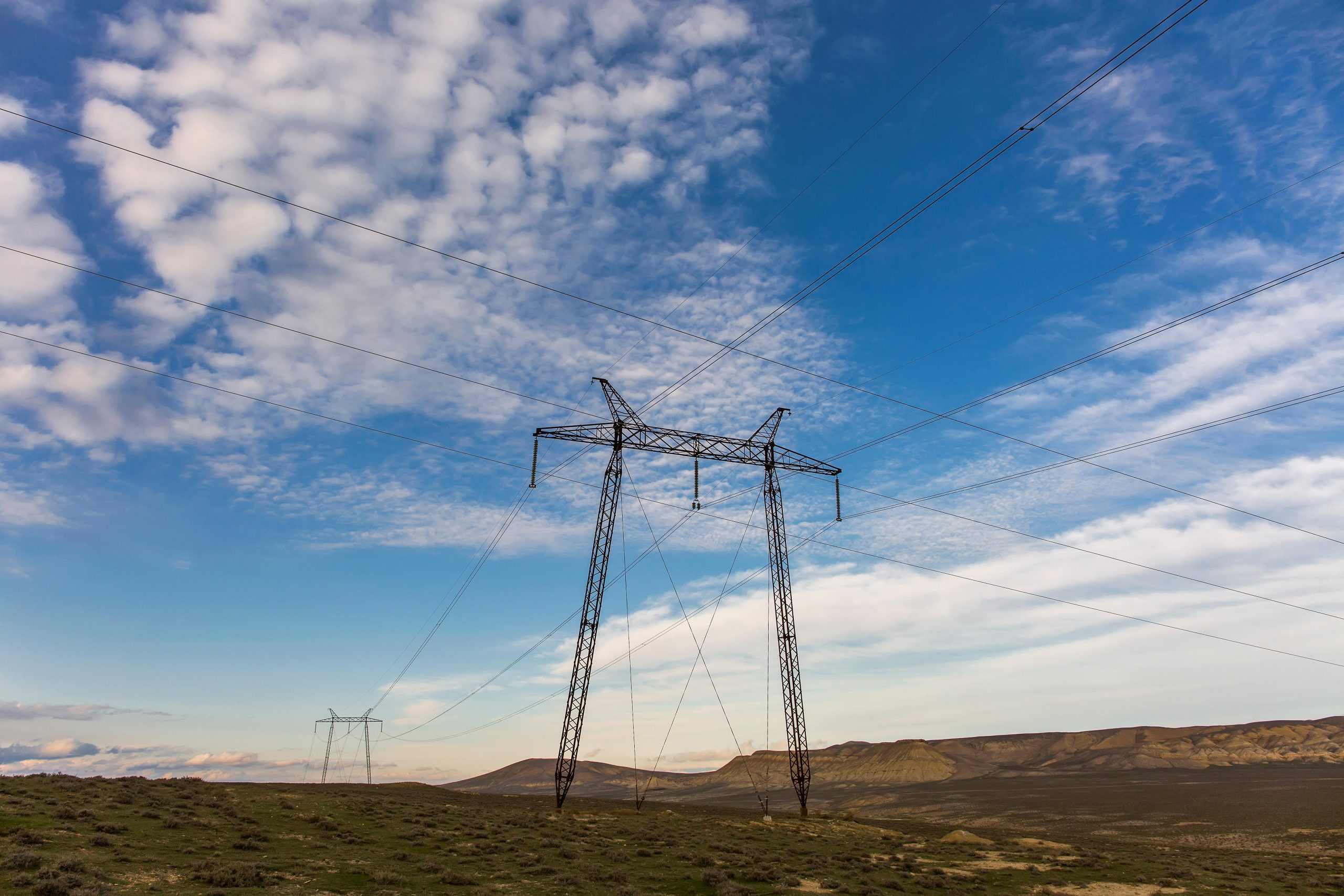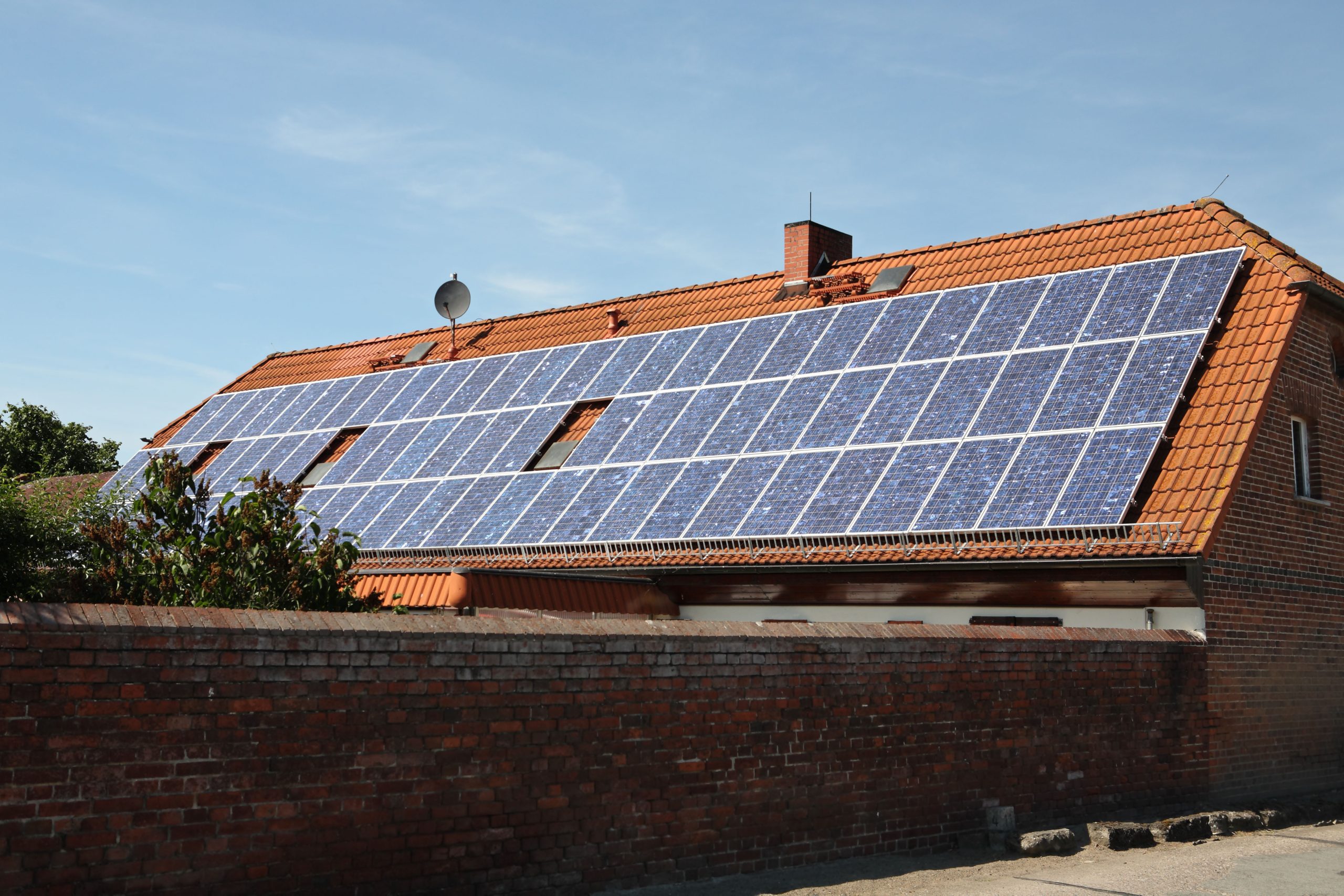State of transition
ASEAN needs to scale up renewables to help meet rising demand
In ASEAN, the cost of electricity from hydro, solar and geothermal is now cheaper than bioenergy and coal. Falling costs make solar and wind more viable than before, especially as climate change impacts on hydro production intensify.
ASEAN’s focus on clean energy is set to shift towards solar and wind in the coming years. Regional targets set by the countries in 2023 aim for 15% of power generation coming from solar and wind by 2040, up from 4.5% in 2023.
ASEAN countries are aligning their national energy targets and policies with this shift, prioritising solar and wind. Viet Nam has set an explicit target of 47% renewables in electricity generation by 2030, with 62% of this coming from solar and wind. The Philippines targets 35% of renewables by 2040, with 16% of this target met by solar and wind, according to their Power Sector Development Plan 2020-2040.
To achieve a net zero future, these targets need to be backed by delivery. Despite progress in the past five years, fossil fuels continue to dominate the region’s electricity use. Concerns remain that the grid systems in ASEAN may not be ready to accommodate more intermittent energy sources, as seen in Viet Nam where curtailment has been an issue, avoiding risk for system grid operators due to the uncertain timing and quantity of electricity supply.
Solar and hydro have been the main drivers of RE growth in ASEAN since 2017
A quick review of electricity demand and renewables buildup in ASEAN in the past five years shows some progress and a pivot away from coal. Financial institutions are imposing restrictions on coal investment, likely encouraging ASEAN to move away from coal.
Historically, hydro and solar have been the main drivers of renewables growth in ASEAN. Hydro expansion is most notable in Lao PDR, followed by Malaysia and Viet Nam. Solar power capacity surged from 11 GW in 2019 to 26 GW in 2023, largely due to Viet Nam’s feed-in tariff introduced in 2017. Peninsular Malaysia has also made strides with its solar net metering scheme, consistently meeting its quotas.
Between 2018 and 2023, solar capacity addition in the region was 21 GW, mainly due to the solar capacity growth in Viet Nam. Bioenergy capacity increased by 2.3 GW, reaching a total of 9.9 GW in 2023. Similarly, hydro capacity grew by 11 GW. However, wind power, historically less common in the region, faces challenges due to its relatively new technology status, lack of scale and underdeveloped supply chains.
The historic reliance on fossil fuels has resulted in significant path dependencies on these industries that should be shifted. Factors influencing this shift also include the availability of low-interest financing or grants for new renewable energy technologies that will accelerate the adoption of renewables.
Renewables can help curb the rise in emissions while also driving economic growth by attracting investment and promoting local manufacturing. This supports ASEAN’s goal of avoiding the middle-income trap caused by GDP losses due to climate change.
The volatility in hydro generation means ASEAN needs to boost other clean energy
Over the past five years, hydro generation has been volatile, demonstrating that over-reliance on hydro poses a risk to the stability of clean electricity supply mix in countries where fossil fuel use and electricity demand is high. Despite adding 12 GW hydro capacity between 2017 and 2023, its share in the electricity mix has declined by 2.2 percentage-points. In 2023, the installed capacity of hydro reached 57 GW, or 18% of the region’s total installed power capacity.
Geographically, the largest hydro capacity is in Viet Nam (23 GW), followed by Lao PDR (9.8 GW), Indonesia (6.8 GW) and Malaysia (6.2 GW). Lao PDR exports hydroelectricity to neighbouring countries, including Cambodia, Viet Nam, China, Thailand and Singapore, making it a profitable market.
As the most mature technology in the region, hydro has consistently attracted the largest share of investments, accounting for around 38% public private partnerships of total investments in ASEAN. However, collectively, the capacity factor of hydropower plants has also decreased from 46% to 40%, highlighting the risks of ASEAN’s over-reliance on hydro to meet rising energy consumption and manage emission growth.
Solar, hydro and geothermal are currently cheaper than bioenergy
In ASEAN, bioenergy is tradionally seen as a renewable energy source with significant potential for economic development linked to agricultural products, new business opportunities and poverty alleviation. For example, the Indonesian government has introduced a mandatory 35% blended biofuel regulation for the transportation sector, with a further plan to raise it to 50% .
However, bioenergy’s levelized cost of electricity (LCOE) remains the most expensive option compared to other renewable sources. Renewables, including solar, solar with battery storage, hydro, geothermal and wind, are cheaper than bioenergy, on an LCOE basis.
Levelized cost of electricity (LCOE)
The levelized cost of electricity (LCOE) is the average cost to produce electricity from a system over its entire lifetime, including the cost to build and run it.
The LCOE of bioenergy is almost four times more than the costs of hydro in some countries. For example, bioenergy costs from biomass power plants in Indonesia, Malaysia and Thailand range from $59 to $98 USD per MWh, compared to hydro, which is much cheaper at around $25 USD per MWh in Lao PDR. Similarly, solar power costs between $38 to $46 USD per MWh in Viet Nam and Thailand, while coal costs nearly $60 USD per MWh.
In Indonesia, the cost of bioenergy can be even higher due to incineration and biomass technologies that primarily use agricultural waste, such as palm oil residues. With average overnight costs for these technologies reaching $4,400 USD per MWe, the resulting LCOE can rise to $87 USD per MWh, further highlighting the financial challenges of bioenergy compared to other renewable options.
Auction prices show falling solar and wind tariffs
When looking at actual auction and Feed-in Tariff (FiT) rates, bioenergy is not experiencing the same cost reductions as solar and wind, except in Thailand. It is important to note that while biomass power generation is low cost in Thailand, most types of biomass have low energy density and require large amounts to be collected for processing, which may result in high transportation costs, which is not reflected in the auction prices.
Although these rates may not fully reflect true generation costs or include expenses like transmission costs and grid upgrades, they are useful for identifying trends in the implementation costs of these technologies over time.
In the Philippines, bioenergy FiT rates were $0.1 USD per kWh in 2012, slightly increasing to $0.115 USD per kWh in 2024. Malaysia’s FiT rates for bioenergy, including biogas and biomass, have remained relatively stable from 2012 to 2024 at $0.066 USD per kWh.
In contrast, the Philippines’ solar, initially priced much higher at $0.17 USD per kWh in 2012, has significantly dropped to $0.076 USD per kWh based on Green Energy Auction prices for 2024 installations. Solar rates in Malaysia also plummeted from $0.2 USD per kWh based on FiT rates in 2012 to only $0.047 USD per kWh by 2023 installations from the auction program. Thailand’s solar FiT rates decreased from $0.34 USD per kWh in 2014 to $0.066 USD per kWh in 2023.
Similar to solar, onshore wind power plants also experienced a price drop from $0.15 USD per kWh based on 2012 FiT rates to $0.097 USD per kWh auction rates for 2025 installations.
Battery policy development in ASEAN has been shaped by the region’s push for leveraging critical mineral resources, solar energy adoption, electric vehicle (EV) growth, and securing energy storage solutions. Indonesia recently launched its first electric vehicle battery plant in West Java, while Thailand and Malaysia have developed Battery Energy Storage System (BESS) projects alongside solar and wind operations.
The largest BESS in the region is set to start development in Malaysia’s Sabah, with completion expected by June 2030. The project will have a storage capacity of 400 MWh, marking a milestone for Malaysia in addressing solar intermittency following the announcement of its first utility-scale BESS pilot project earlier this year.
Similar BESS deployment initiatives are underway in the Philippines, where a feasibility study explored integrating BESS with a hydropower plant. Additionally, the world’s largest paired solar and BESS project is poised to commence with a 20-year power supply agreement (PSA) with Meralco, the country’s largest distribution utility. This project combines 3.5 GWp of solar power capacity with 4.5 GWh of battery storage. Indonesia and Singapore have also secured a deal on 2 GW solar plus 8GWh of utility-scale BESS ventures.
Different pathways show ASEAN’s renewable capacity needs to increase 3-5x by 2035
ASEAN’s power sector has several pathways to decarbonise in the next few decades. The International Renewable Energy Agency (IRENA) pathway indicates that ASEAN should reach 3.4 TW of renewable capacity by 2050 to meet the 1.5C global warming threshold with 100% renewable energy. Meanwhile, the International Energy Agency’s Renewables 2024 forecasts 91 GW renewable capacity addition from 2024 to 2030, bringing ASEAN’s total capacity to 196 GW by 2030.
The recently published ASEAN Energy Outlook 8 introduces two new scenarios. The first, the ASEAN Member States’ Targets (ATS) scenario, envisions the region achieving a 69% renewable energy share, equivalent to 773 GW of installed capacity, by 2050. The second, the Regional Aspiration Scenario (RAS), sets a target of a 72% renewable energy share, or 1 TW, by 2050. This scenario explores accelerated national targets across ASEAN, using a bottom-up approach while adhering to the common-but-differentiated-responsibilities and respective-capabilities principle.
A study by the Economic Research Institute for ASEAN and East Asia (ERIA) projects that ASEAN will reach a total installed renewable capacity of 1.6 TW by 2050 and 1.9 TW by 2060, leading to a 62% and 56% of renewable share in total generation, respectively.
Based on these pathways, by 2035, ASEAN needs to increase its renewable energy capacity by three to five times the 2023 levels. This highlights the urgent need for a steep acceleration of renewables uptake in ASEAN to align with the goals set in the pathways.
Related Content




